Most universities and other educators regard critical thinking as the priority generic skill they’d like students to acquire before graduating. Where creativity gets a look in, sadly it’s often tokenistic or confined to non-mainstream disciplines. Yet, critical thinking and creativity are among the top three most desirable employee skills, according to the Future of Jobs Report for 2020, produced by the World Economic Forum (2016). Many other skills reports agree.
‘Critical Thinking’ or ‘Creative Thinking’ – it’s often framed as one or the other! ‘These are uncomfortable bedfellows’ is an assumption underlying many discussions about how our education system might be improved. Meanwhile, employers keep hoping that new hires might balance both left brain and right brain capabilities – smart creatives as Google’s recruiters call them.
Design thinkers are smart creatives! For me, what makes Design Thinking such an effective and increasingly popular methodology in business is that it is a compelling integration of critical thinking and creative thinking. It practises and harmonises both of these critical skills as an overarching approach to a process fuelled by multiple specialist skills and growth mindset. Design thinking is a whole-brained, powerful force for innovation in a dynamic and uncertain world. Many critics of design thinking fail to see or practise its critical thinking elements, and hence too many dismiss it easily as a vehicle of flaky creativity with limited practical relevance (as indeed it would be in circumstances where critical thinking were ignored).
Stephen Brookfield, long term scholar of critical thinking and author of Teaching for Critical Thinking, provides a description of critical thinking as (i) uncovering and checking assumptions, (ii) exploring alternative perspectives, and (iii) taking informed action based on that enquiry.
The above mirrors exactly the design thinking process advocated by us, and others, for validating new innovation concepts. New concepts are developed from creative efforts informed by user research, where the creative leap is based on assumptions, sometimes more or less supported by evidence, and reframing. These concepts are hypotheses that should not be executed until the underlying critical assumptions have been sufficiently assessed through prototyping and testing. Lean start-up does the same with its build-measure-learn cycle. Brookfield refers to assumptions such as these by the name ‘causal assumptions’.
At the earlier research stage of an innovation project, design thinkers query the assumptions implicit in the status quo (e.g. does a global accommodation company have to own its accommodation? Or, 15 years ago, did an airline have to provide free meals?). Brookfield refers to assumptions such as these by the name ‘paradigmatic assumptions’.
Besides the evaluation of assumptions, other elements of reasoning and justification are also encompassed by critical thinking, and many parallels are found in the practices of properly done design thinking. These critical thinking elements of design thinking are often less heralded, unfortunately, while the creative thinking components are better known.
Critical Thinking is essential for proper performance of a design thinking or any innovation process. Two points deserve emphasis: First, if outsiders (to the DT expert community) recognise that critical thinking is integral, then many will respect DT a lot more. Second, good DT practice develops a heightened critical thinking facility in its practitioners, through repeated appropriate behaviours. This alone is a great benefit.
Because of this, we recently started to provide training in critical thinking for the workplace. We combine classical critical thinking principles with intensive immersion in practical workplace, innovation and design thinking case studies to help participants make better decisions in the workplace, which is ultimately the objective of critical thinking. Contact us for more information.
posted in | Design, Design News, Innovative Organisations, Research
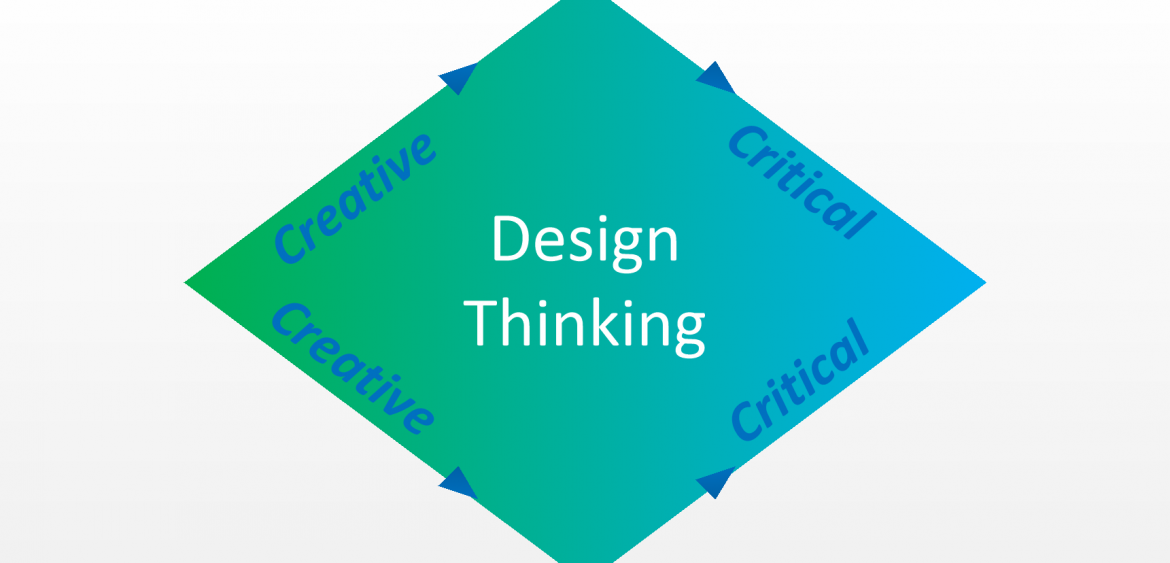
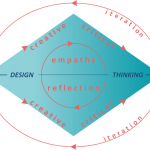

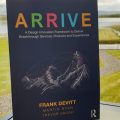
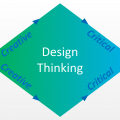
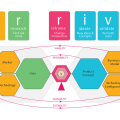

Sorry, the comment form is closed at this time.